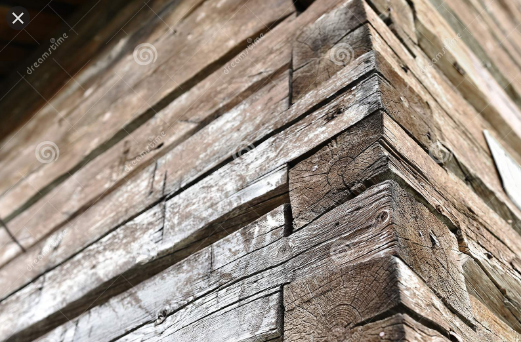Irrespective of the fact that some people prefer learning with videos does not mean that many can’t learn with pictures. We will be projecting how to make a dovetail joint with traditional wood via images illustrating some steps.
This is why I have decided to add a lot of cover-up pictures to guide you in taking steps. Let’s look at some certain materials and quantity required in making a dovetail joint with traditional woodworking tools.
- Carpentry square = x 1
- Marking Knife = x 1
- Dovetail Marker = x 1
- Dovetail saw = x 1
- Rubber Mallet = x 1
- Chisel Set = x 1
- Marking gauge = x 1
- Quick grip clamps = x 1
Now let’s look at the steps to take in making dovetail join
Step 1: Select the piece of wood that will suit the tailboard and the part that will be the pinboard. �The work of the tailboard is to survive any form of pulling tension. In the below diagram, you will be able to understand better what the content is talking about. This likewise depends on what you are building so that you can as well position the pins and tails properly r
Steps 2: Measure the depth of the pinboard using the marking gauge �
Step 3: ensure to mark all the way around the tail board using the marking gauge
This is to ensure that the depth is set from the pin board so that you can mark four side of the tailboard.
Step 4: Mark and measure the tails
Draft out the number of tail and the size for the project. From the diagram, you will notice that I’m trying to illustrate a handy dovetail marker and marking knife in order to mark the angle and am going to use only two tails. The way you mark your tail really depends on the exact tool you are using.
I am to use a pencil to mark 1/4 inch from each edge, Then I’m going to find the center and mark 1/8 inch on each side of the center. The reason is that it will leave ¼ inch in the center of the board. This takes me into using a dovetail marker to mark the angles. And then I have to start with one side of the board. Use your marking knife to markdown to the depth. Also, mark four lines across the top of the board, and use the dovetail marker again to mark the other side.
Step 5: cut the tail from the top. With the help of the dovetail saw, you can cut in between the lines you created with the marking knife. Avoid cutting off from the lines you made with your marking gauge. The diagram will illustrate better.
Step 6: cut towards the base of the tail on both sides.The essence of this is to cut away the wood and leave the tails. Now we are going to do this Using the dovetail saw to cut across the wood towards the base of the tail on each side of the wood. Ensure you follow your mark and also do it on both sides.
Step 7: chisel along the mark to remove the woods between the tails. Hit the top of the chisel with a mallet while cutting off the wood between the tails. Chisel with ease, at least four or five soft hits should make a huge mark.
Step 8: chisel away from the front. On this point, you have to chisel out from the front of the wood. While doing this, try to chisel away small pieces of wood at a time.This requires a little patience because it will surely take time as it is not rushed while chiseling away. Put in place the back and front alternating step 7 and step 8 until you’ve reached the center.
Step 9: if then you have reached the center, flip the board and proceed. It is of no use chiseling all the way through to the other side of the wood because may end up damaging the other side. however, when you reach the center of the board flip it over and start again from the other side.
Step10: clean up the tail board. Once you are done with the tail board, you can clean up any part that is not smooth or the rough edges with a file or sandpaper.
Step 11: measure the depth of the tail board and mark all four sides of the pin board. �Here, we will repeat what we did with the tail board over again. This means that we have to measure the depth of the board and mark the pin board.
Step 12: Line up the wood to measure your pin board.I advise you use clamps to position the boards in a place.
Step 13: trace the edges of your tail board onto the end of the pin board.
Step 14: next, mark the edges of the pin board.
Step 15: cut down the top of the pin board.We will repeat almost exactly what we did with the tail board. Clamp the pin board so that you can begin cutting. With the dovetail saw, you can cut down the top of the board on all four marks.
Step 16: place your pieces together and admire your work.Don’t worry, with more practice, we will perfect dovetails making. In case the wood did not fit together, don’t force it. You can as well tap lightly with the mallet in order to make them fit. You may also need to look out for where the wood is too tight and fix this with a file or sandpaper.


